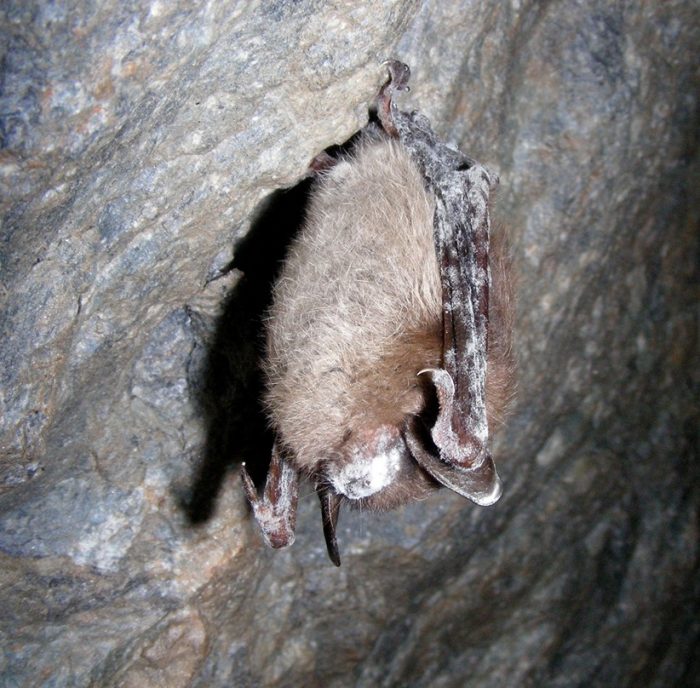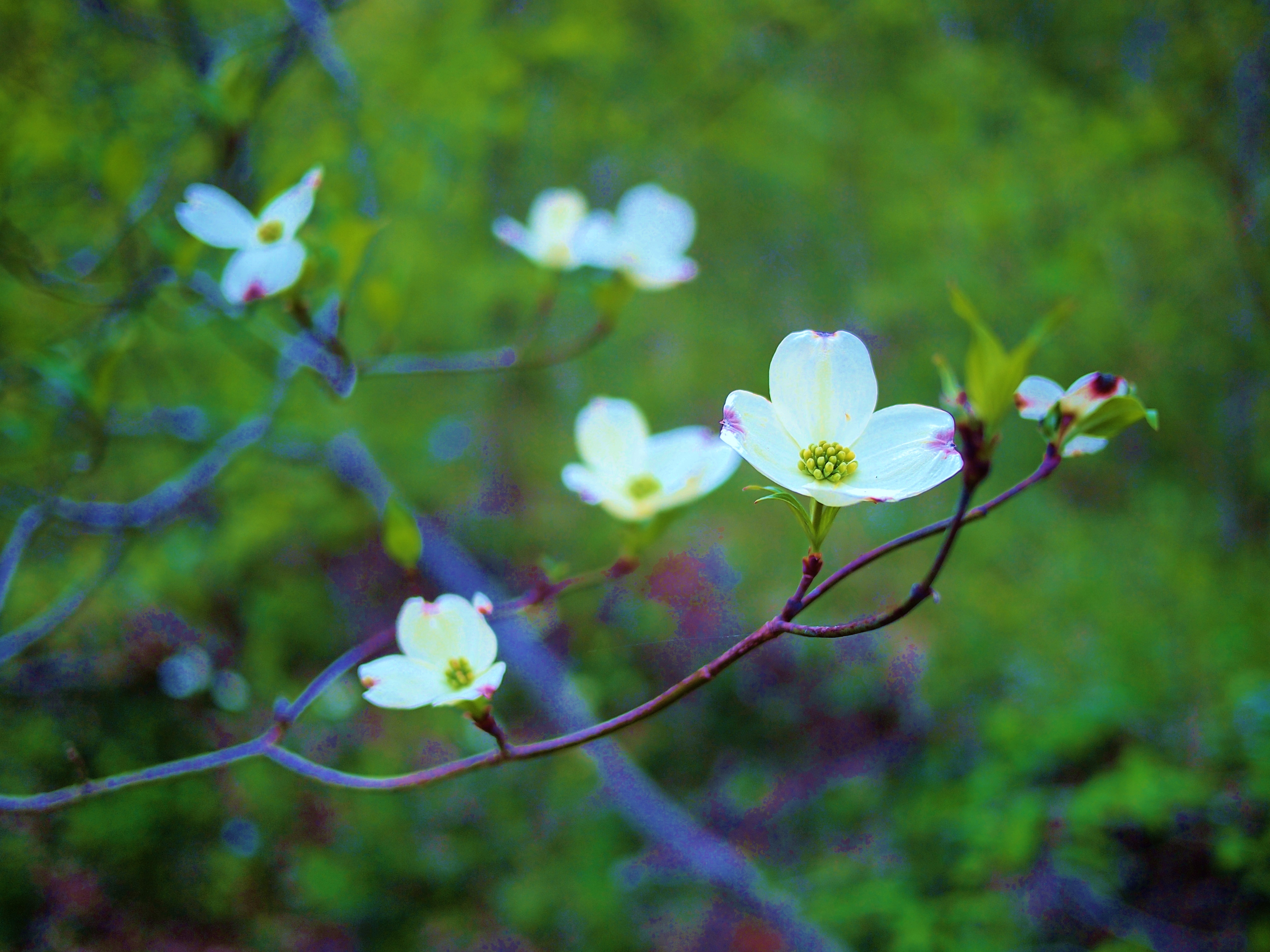Regulatory Status
The Endangered Species Act (ESA) [16 U.S.C. 1531 et seq.] became law in 1973 and provides guidance for the listing, conservation, and recovery of endangered and threatened species of plants and wildlife. Under the ESA, the U.S. Fish and Wildlife Service (USFWS) strives to protect and monitor the numbers and populations of listed species.
Section 7(a)(2) of the ESA states that each federal agency should ensure any action they authorize, fund, or carry out is not likely to jeopardize the continued existence of a listed species or result in destruction nor adverse modification of designated critical habitat. A federal action includes approval of a permit or license and the activities resulting from such permit or license. The USFWS listed the Indiana bat (Myotis sodalis) as endangered on March 11, 1967.
White Nose Syndrome
White nose syndrome (WNS) is a disease that affects hibernating bats and is caused by the fungus Pseudogymnoascus destructans. WNS was first observed in caves near Albany, NY, in the winter of 2007. This fungus causes bats to become more active during the winter months, causing them to burn the fat needed to survive the winter. This disease has killed more than 6 million bats across North America, primarily east of the Rocky Mountains. At some sites, 90-100% of hibernating bats have been lost to WNS at a single hibernaculum. To learn more visit
https://www.whitenosesyndrome.org/static-page/what-is-white-nose-syndrome

Conservation Efforts
EnviroScience biologists are trained and fully permitted to conduct surveys for threatened and endangered bat species throughout their range. These survey techniques include summer and winter habitat assessments, presence/absence mist-net and acoustic detection surveys, radio telemetry tracking, harp trapping of hibernacula, and white-nose surveys. Our biologists are experienced with all aspects of Section 7 consultation, including compiling Indiana bat conservation plans (IBCP), habitat conservation plans (HCP), protection and enhancement plans, and biological opinions.
Indiana bat habitat conservation plans are developed to avoid or minimize potential adverse effects on Indiana bats. Where impacts are unavoidable, conservation measures are developed to offset the impacts on the species. These measures can consist of a combination of:
- Erection of artificial roost structures
- Tree girdling
- Permanent preservation of suitable Indiana bat habitat within or adjacent to the project
- Creation of watering areas, wetlands, or ponds
Erecting artificial roosting structures, such as bat boxes, can provide immediate onsite roosting for Indiana bats returning from hibernation. EnviroScience biologists construct these boxes using methods researched with proven success and peer-reviewed science. Permitted EnviroScience biologists oversee the construction as well as installation of the bat boxes. Monitoring schedules are developed during the HCP process and determined by USFWS, and bats are typically monitored bi-annually for two years by permitted biologists. Monitoring allows biologists to determine occupancy and correct any inefficiencies.
The EnviroScience team includes state and federally permitted bat biologists experienced with threatened and endangered bats. Our biologists have over 25 years of combined experience performing bat surveys for state and federally listed species and helping clients comply with USFWS and state regulatory agencies. If your project is within the range of the Indiana bat and has a federal nexus, EnviroScience biologists will work with you to complete the appropriate survey for your project and assist with timely project approval and completion.
For more information or to discuss a site survey contact:
Ohio – Mary Gilmore () and Jamie Willaman ()


